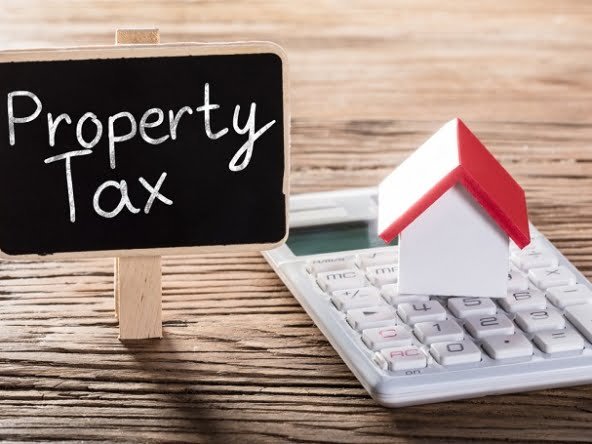Property registration in India can sometimes be strenuous just like any other process but it does not
have to be. But as this article has tried to outline, if one has the right information and a guide on
how to go through the process then it should not be a problem.
This article takes you through the complete process of how to register property in India by explaining each phase and the roles that you will play. Whether you are a new comer to the market or have been in it for some time, this guide will serve as a useful tool to ensure that your registration of property is done properly and within the shortest time possible.
Step 1: Verify the Property Title
The process of Property registration in India involves the first step of verifying the title of the
property. This requires verification that the seller has the legal right to convey the property and that
there are no pending litigations. This can be done by requesting for the title deed of the property and
seeking for an encumbrance certificate from the sub-registrar office to determine whether there
exists any outstanding mortgage or any legal suit against the property.
Also Read : How To Become A Real Estate Agent In India In 2024
Step 2: Prepare the Sale Agreement
After the title has been ascertained, the next thing that should be done is to draw the sale agreement.
This includes the various terms of the sale such as the price to be paid for the goods, the time frame
for making the payment and other essential details. This agreement has to be in writing and both
parties have to sign it with the added provision that it may have to be notarised.
Step 3: Pay the Stamp Duty
Stamp duty is a fee levied and collected by the state governments on the transfer of the property.
Stamp duty is charged based on certain percentages and is also dependent on the state. It is
important to determine the stamp duty that is required and this can be paid online or at the stamp
duty banks. Please make sure that you receive a receipt for the payment as it will be required when
going through the registration process.
Also Read : What Is The Importance Of A Real Estate Agent In A Transaction
Step 4: Get the Sale Deed Drafted
The sale deed is perhaps one of the most important documents that are used in the actual process of
registration. It changes the legal title of the property from the seller to the buyer. It is advised to
seek a lawyer to help in preparing the sale deed to avoid omission of important details as well as
conform to the laws of the country.
Step 5: Execute the Sale Deed
After the preparation of the sale deed then it requires execution. It also has to be written and signed
by the buyer and the seller, and also two other independent witnesses. The signing is often done in
front of the sub-registrar to give the transaction the feel of a legal process.
Step 6: Pay Registration Fees
There are also other charges that are incurred in the process of formally transferring ownership of
the property, known as registration fees. This fee depends on the state of the country and the value
of the property. It can normally be made at the sub-registrar’s office or through online sites.
Also Read : An Ultimate Guide To Sell A House In India
Step 7: Visit the Sub-Registrar’s Office
After gathering all documents and paying the required fees, the next process is to go to the sub Registrar’s office. Here, you will need to present the documents such as the sale deed, ID proof,
address proof, and receipts for payments made. The sub-registrar will go through the documents to
ensure they are valid and then register the documents if valid.
Step 8: Collect the Registered Sale Deed
After this, your application form is sent for processing by the sub-registrar, the registered sale deed
is then obtained. This is the final proof of ownership, and it must be preserved for future use in a
secure location. However, it is also recommended that a copy of the deed should also be secured
and kept in a different place.
Conclusion
The process of Property registration in India may be a little bit cumbersome since it involves a
number of procedures but if one is willing to follow the process keenly then he or she will complete
the process without any complications. From ensuring that the title deed of the property is valid to
collecting the registered sale deed, each of these actions is vital in case of legal ownership of the
property. This is particularly important for complex cases which require consultation with a
professional, and for ensuring all records are kept in order.
FAQs
What documents are required for property registration?
The required documents include the original sale deed, proof of identity, proof of address,
and receipts of stamp duty and registration fee payments.
How long does the property registration process take?
The process can take a few days to a few weeks, depending on the efficiency of the local
sub-registrar’s office and the completeness of your documentation.
Can property registration be done online?
While some steps, like paying stamp duty, can be done online, the final registration usually
requires a visit to the sub-registrar’s office.
What happens if I don’t register my property?
If the property is not registered, the transaction is not legally binding, and you may not be
recognised as the legal owner.
Are there any penalties for late registration?
Yes, there can be penalties for late registration, including fines and interest on unpaid stamp
duty.



